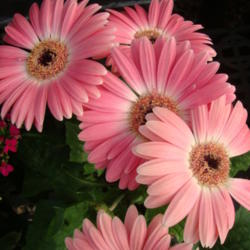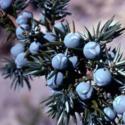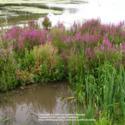
By flaflwrgrl
November 30, 2012
| Killing off an invasive plant| If you have an especially invasive plant that is large and you want to get rid of it, you can cut it back to 3 or 4 feet. Drill holes 2 or 3 inches straight down into the cut stems, then pour Roundup into the holes. The plant will take the poison internally and it will kill any suckers as well. You may wish to refill the holes after about 12 hours. Please be sure to cover each filled stem with tin foil secured with a twist tie, so our lizard and insect friends don't get into the poison. I had a Shooting Star Clerodendron that I had to treat this way. It was sending suckers out 30 feet away! |
(23 comments) |










